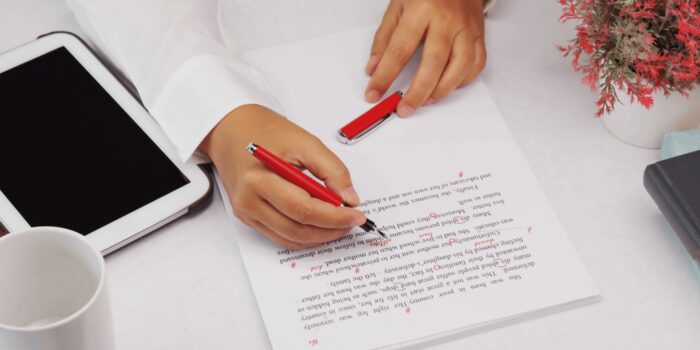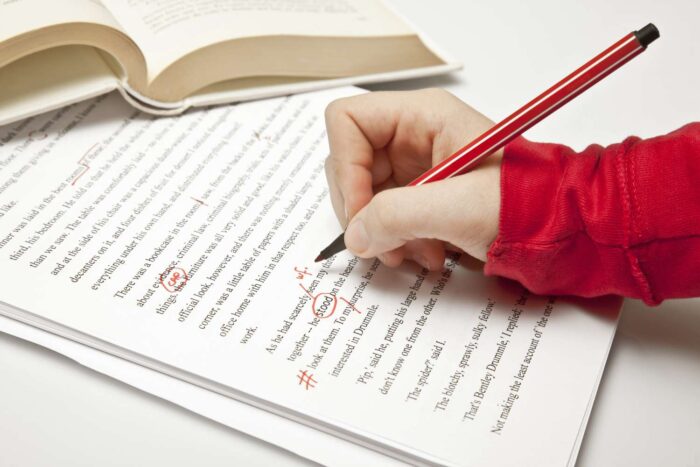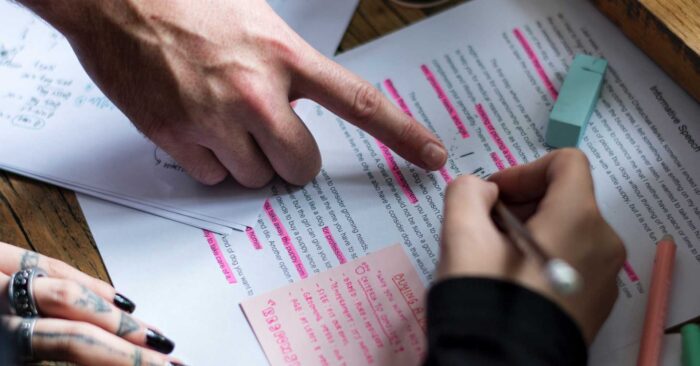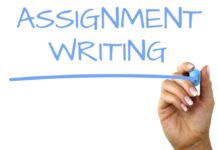
In today’s fast-paced world of digital communication, the importance of proofreading cannot be overstated. Proofreading is the final step in the writing process, where you go through your paper with a fine-tooth comb, checking for errors, inconsistencies, and opportunities to improve your writing. Although it may seem like a tedious task, proofreading ensures your message is clear, your writing is professional, and your reputation remains intact. In this comprehensive guide, we’ll delve into the importance of proofreading and provide you with a step-by-step process for doing it properly.
Why Proofreading Matters

Credibility and professionalism
Nothing undermines the credibility of your work more than spelling, grammatical, or punctuation errors. If your paper is riddled with mistakes, readers will question your expertise on the subject matter and might dismiss your arguments. Proofreading not only helps you avoid these blunders but also demonstrates your commitment to quality and professionalism. Looking for top college essay samples can be a helpful way to improve your proofreading skills and learn from examples of clear and effective communication.
Clear and effective communication
Errors in your writing can obscure your message, making it difficult for readers to understand your main points. Proofreading helps you identify and rectify these issues, ensuring your paper communicates your ideas clearly and effectively.
Better grades and career opportunities
For students, a well-proofread paper can mean the difference between an average grade and an exceptional one. For professionals, error-free writing can lead to better job prospects and career advancement. In both cases, proofreading is an essential skill that can set you apart from your peers.
Common Mistakes to Watch Out For

Even the most proficient writers can make spelling mistakes. Keep an eye out for homophones (words that sound the same but have different meanings), as they can be particularly tricky. Examples include “their/there/they’re,” “your/you’re,” and “its/it’s.”
Grammatical errors: These errors can range from subject-verb agreement issues to incorrect use of tenses. Be vigilant about checking for these mistakes, as they can significantly impact the readability of your paper.
Punctuation errors: Proper punctuation is crucial for conveying your ideas clearly. Watch out for misplaced commas, incorrect use of semicolons, and other punctuation errors that can hinder your message.
Inconsistencies: Ensure that your paper is consistent in terms of formatting, style, and tone. Pay attention to details such as font, spacing, and headings, as well as your use of abbreviations, acronyms, and capitalization.
A Step-by-Step Guide to Proofreading Your Paper

Take a break
Before you begin proofreading, it’s essential to step away from your paper for a while. This allows you to approach it with fresh eyes, making it easier to spot errors and inconsistencies.
Print your paper
Although it’s possible to proofread on a screen, many people find it easier to identify mistakes on a printed copy. Additionally, it allows you to make physical notes and corrections, which can be helpful for your revision process.
Read your paper aloud
Reading your paper out loud can help you catch errors you might have missed while reading silently. It forces you to focus on each word and phrase, making it easier to spot awkward phrasing, redundancies, and other issues.
Use a ruler or blank sheet of paper
Place a ruler or blank sheet of paper under each line of text as you read. This helps you maintain focus and prevents your eyes from skipping over errors.
Proofread multiple times
One pass is rarely enough to catch all errors. Proofread your paper multiple times, focusing on different aspects each time. For example, during your first read-through, concentrate on spelling errors. On your second pass, focus on grammar and punctuation. Finally, examine your paper for consistency and formatting issues.
Check for logical flow and organization
Ensure that your paper is well-organized and follows a logical structure. Each paragraph should have a clear topic sentence and should support your overall thesis. Transition sentences should be used to guide the reader smoothly from one point to another.
Use proofreading tools
While you shouldn’t rely solely on technology, proofreading tools like Grammarly, Hemingway Editor, and Microsoft Word’s built-in grammar and spellchecker can be helpful in catching errors you might have missed. Keep in mind that these tools are not perfect, so it’s essential to use your own judgment as well.
Create a proofreading checklist
Develop a personalized checklist of common errors you tend to make. This will help you focus on specific areas of improvement and ensure you don’t overlook any recurring issues.
Ask someone else to proofread
Having a fresh pair of eyes review your work can be invaluable. Ask a friend, family member, or colleague to proofread your paper, as they might catch mistakes you’ve missed or provide suggestions for improvement.
Be patient and thorough
Proofreading is a time-consuming process that requires patience and attention to detail. Set aside enough time to review your paper thoroughly, and don’t rush through the process. Remember, the more carefully you proofread, the better your final product will be.
Tips for Effective Proofreading

Find a quiet, comfortable space where you can focus on your paper without distractions. Turn off your phone, close unrelated tabs on your computer, and eliminate any other potential sources of interruption.
Trying to proofread a long paper in one sitting can be overwhelming and may lead to diminishing returns. Instead, break your proofreading sessions into smaller, manageable chunks to maintain focus and productivity.
Creating a system for proofreading can help you stay organized and ensure you address all aspects of your paper. For example, you might start by checking headings and subheadings, followed by a close examination of the introduction and conclusion, and finally, a thorough review of the body text.
Don’t rely solely on spellcheckers: While spellcheckers can be helpful in catching basic errors, they are not foolproof. It’s essential to review your paper manually, as spellcheckers can overlook homophones, context-specific errors, and other nuanced mistakes.
Conclusion
Proofreading is a critical aspect of the writing process that should never be overlooked. By taking the time to review your paper carefully, you can ensure that your message is conveyed clearly, effectively, and professionally. Remember to be patient, thorough, and systematic in your approach, and don’t be afraid to ask for help when needed. With practice and dedication, you can become a proficient proofreader and produce polished, error-free papers that impress your readers and set you apart from the competition.








